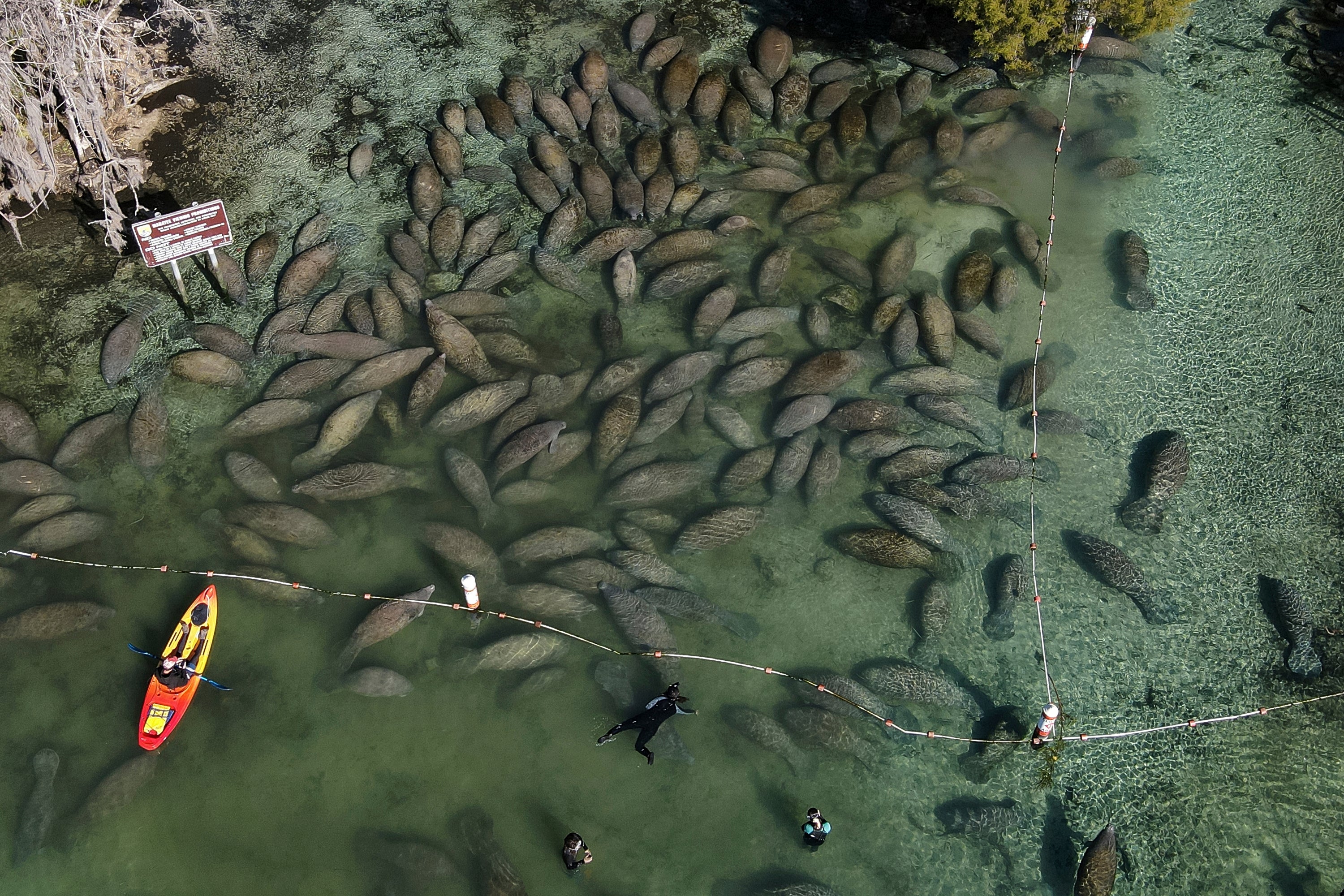Ian ruins man-made reefs, brings algae bloom to Florida
Hurricane Ian not only ravaged southwest Florida on land but was destructive underwater as well

Your support helps us to tell the story
From reproductive rights to climate change to Big Tech, The Independent is on the ground when the story is developing. Whether it's investigating the financials of Elon Musk's pro-Trump PAC or producing our latest documentary, 'The A Word', which shines a light on the American women fighting for reproductive rights, we know how important it is to parse out the facts from the messaging.
At such a critical moment in US history, we need reporters on the ground. Your donation allows us to keep sending journalists to speak to both sides of the story.
The Independent is trusted by Americans across the entire political spectrum. And unlike many other quality news outlets, we choose not to lock Americans out of our reporting and analysis with paywalls. We believe quality journalism should be available to everyone, paid for by those who can afford it.
Your support makes all the difference.Hurricane Ian not only ravaged southwest Florida on land but was destructive underwater as well. It destroyed man-made reefs and brought along red tide, the harmful algae blooms that kill fish and birds, according to marine researchers who returned last week from a six-day cruise organized by the Florida Institute of Oceanography.
Researchers who used the cruise to study marine life in the Gulf of Mexico following the hurricane say it left in its wake red tide and destroyed artificial reefs from as far away as 30 miles (48 kilometers) from the coast of southwest Florida.
“The one-time vibrant reefs are now underwater disaster sites themselves," said Calli Johnson, safety dive officer for the research cruise. “Where there used to be a complete ecosystem, there are now only fish that were able to return after swimming away.”
Before the Category 4 storm made landfall a month ago, southwest Florida had a reputation for being one of the best saltwater fishing destinations in the U.S. Saltwater and freshwater fishing in Florida has an economic impact of around $13.8 billion, according to the Florida Fish and Wildlife Conservation Commission.
“Time will tell how this affects our greater economy, because changes in the fishing industry and tourism will come from changes in our underwater world," Johnson said.
The marine researchers on the cruise found high counts of the naturally-occurring algae that causes red tide offshore Punta Gorda, Boca Grande and southwest of Sanibel Island. It will be several weeks before researchers can analyze water samples that were collected to determine the threat to sea life off the Florida coast.
The red tide outbreak also is threatening manatees off Sarasota and Charlotte counties that rely on seagrass for food, according to the Ocean Conservancy.
“Florida is at a crossroads, with a record number of manatees dying,” said J.P. Brooker, director of Florida conservation for the Ocean Conservancy. “We must keep this issue at the forefront, so leaders statewide will invest in solutions to improve water quality—protecting natural habitats to save our beloved manatees.”
Through mid-October, there have been 719 manatee deaths recorded by Florida wildlife officials. There were 982 manatee deaths last year.